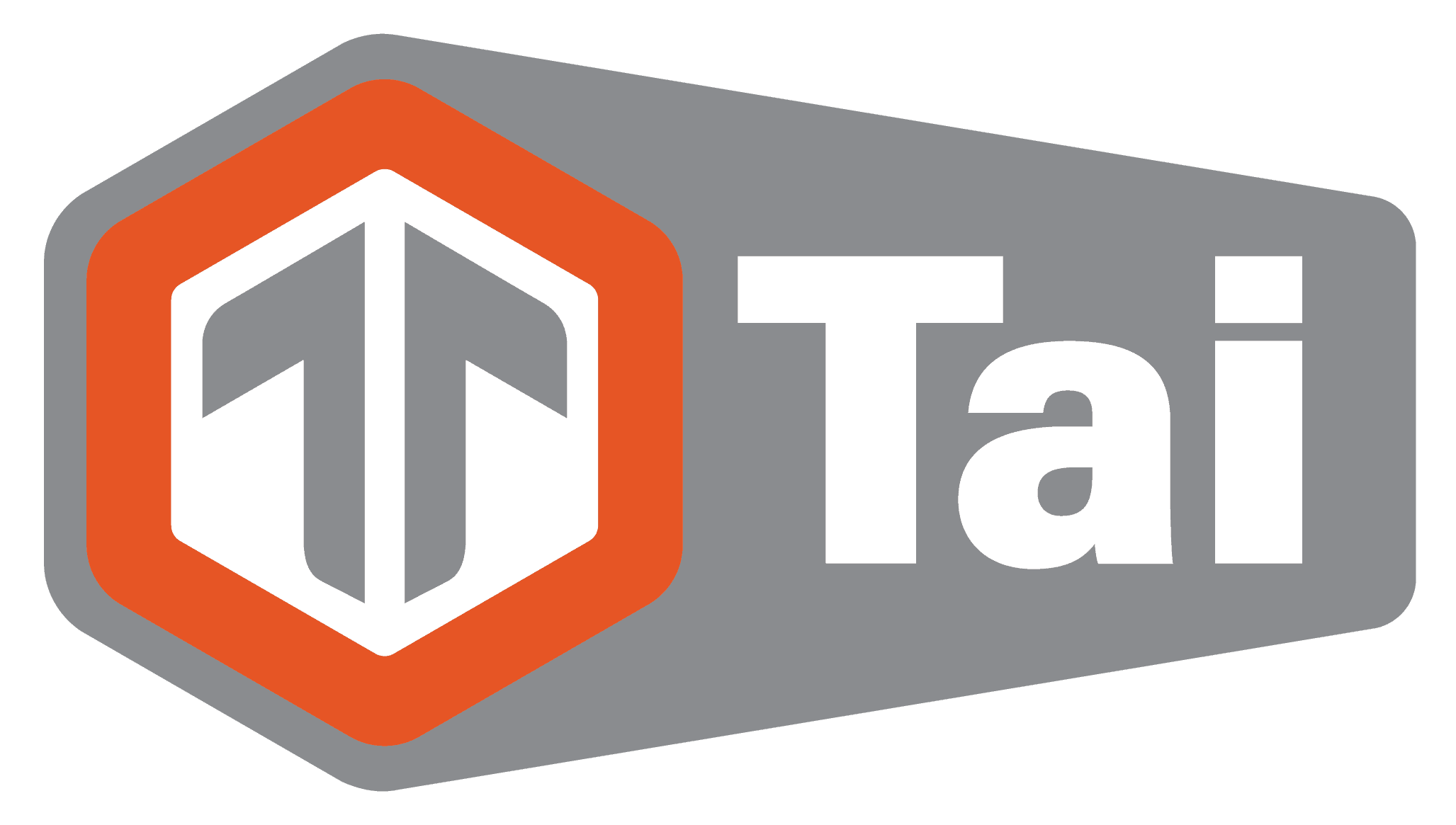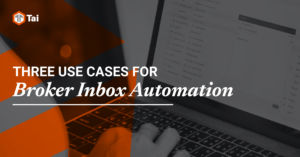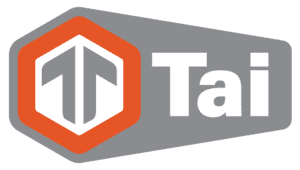With the freight industry being worth over $700 billion and even more when you consider commissions, it’s no doubt that freight brokers are looking to enter the market every year. The logistics industry has seen a rapid influx of newcomers, including those who work as intermediaries between shippers and carriers.
A licensed freight broker operates around the United States in various markets, helping businesses in shipping freight. At the moment, over 17,000 freight brokers are working in the United States. Until fairly recently, freight brokers had to sit constantly in an office, making one phone call after another, matching cargo loads with truck drivers.
Digital technology has made significant changes in this regard. Nowadays, just a few clicks of the mouse will suffice for a trucking company or carrier to instantly see what available loads exist along their route. However, not all freight brokers experience the same degree of success in their endeavors. To become an effective full truckload broker, startups and even fully-developed freight brokerage companies should implement some of the steps below.
Choosing the Right Niche for Shipping Freight
As a startup freight brokerage business, it’s a good idea to choose a specific niche and become an expert on it. This is also a good way of building trust with both shippers, carriers, and freight forwarders. When it comes to a shipper’s need, the exact full truckload services can be divided into dry vans, flatbeds, or refrigerated (reefer) freight. By handling only one of these three major types of freight transportation services, shippers, carriers, and other truckload experts who specialize in these areas will immediately identify your niche on your site.
Choosing to accept all types of loads can increase business opportunities, but it can also spread the brokerage’s attention too thin. Regardless, those who decide to take on that challenge will have to ensure that the different types of loads are properly segmented in terms of search and/or sections.
Minding Their Accounting
While focusing on their daily business operations, brokers often overlook their accounting process. Successful freight brokers don’t make this mistake. Instead, they choose a robust system capable of meeting their accounting needs, from invoicing to payroll to accounts payable and receivables, as well as everything else needed in-between.
Depending on the broker’s needs, this system doesn’t need to be overly comprehensive, but it needs to be more sophisticated than someone writing down notes in a ledger. As a cloud-based solution, Quickbooks is an excellent option for those getting started and looking for an opportunity to scale in the future.
Managing Their Cash Flow
With every new transaction, brokers will bring in some revenue. Yet, if the load is priced for margin, meaning the difference between the service provided to the shipper and the one provided by the carrier, brokers would be making money, but only on paper.
Usually, carriers will want to be paid within 20 to 30 days, while shippers pay for the freight services received in 40 to 90 days. This means that there can be anywhere between 10 to 70 days where the broker will need to pay the carrier and will be compensated by the shipper in return. And the faster the freight brokerage grows, the more loads they will service and the capital they will need to consume.
All of this can be prevented, however, by setting up an accounts receivable financing relationship. And while banks offer these lines, they typically have limited experience when it comes to freight logistics. Truckstop.com, OTR Capital, or Triumph Business Capital are used to handle numerous such transactions daily.
Registration and Licensing Requirements
Freight brokers operating in the US need to hold a valid license to comply with federal regulations. The Federal Motor Carrier Safety Administration (FMCSA) will provide a freight broker license for a one-time fee. As part of their business requirements, freight brokers need to secure a trust or bond. Brokers also need to register for broker authority with the FMCSA through the Unified Registration System and get assigned an MC Number. Failing to follow these licensing requirements can have significant negative results, such as the inability to get a license in the future.
Build Relationships with Professional and Trusted Carriers
Building and maintaining steady relationships with carriers that can be relied upon is critical to any successful freight broker. Nothing can be more damaging to a broker and its image if they post a load on a load board and no carrier claims it. Onboarding platforms, carrier vetting, and monitoring tools such as Carrier411 are worthy of consideration. Trucker Tools has also developed a trusted carrier network allowing freight brokerages to rebook carriers in their own network. This process helps build stable business relationships and mitigate the risks of onboarding.
Building Industry Connections
Like with any other business or industry, it always pays to have the right connections. The Transportation Intermediaries Association is designed for 3PLs and other logistics providers, offering numerous networking opportunities. It’s also an excellent source of educational material.
Value-Added Management Services
While matching loads and trucks for truckload shipment is the primary purpose of a freight broker, it’s not enough to become the most effective. Brokers should also become trusted advisors to shippers and carriers by developing a strategy for capacity sourcing. This can include helping them understand the total cost of ownership data and the fact that efficient freight transportation management isn’t always about the best price.
Rate Assessment
Among the most important daily decisions, brokers need to figure out what to quote shippers for their loads. The majority of brokers follow a margin plus-based quoting strategy. In other words, brokers will choose the margin they want for each individual load. In most cases, it’s based on a percentage but at other times is a flat rate per load.
Understanding the costs of buying capacity is essential, regardless of the quoting method. There are several tools to consider when it comes to bidding and quoting. Truckstop.com offers RateAnalysis, which will help with bidding and quoting. Another platform, RateView by DAT, is an equally advanced offering. Brokers can use both for historical rate analysis. That said, Truckstop.com holds a bit more sway in the flatbed market.
Freight Forecasting
Learning how to become a freight forecaster is critical for the success of most brokerages looking to scale their businesses. Freight forecasting is about analyzing current and future freight market trends. Knowing how much capacity is available on the market now and how much to expect in the future will go a long way in winning rate bids and maximizing margins in the long term.
Freightwaves SONAR is a tool used by freight forecasters who track market conditions and create freight bids. Unlike the freight assessment tools mentioned above, SONAR uses AI and machine learning algorithms to produce trucking rates and market forecasts. It also provides a comprehensive analysis of the market in almost real-time.
The Transportation Management System
Transportation management systems (TMS) are logistics platforms that help brokers and others in the supply chain industry plan, execute, and optimize the freight shipping services provided. As part of the more extensive supply chain management, transportation management software provides enhanced visibility into the daily operations of a freight brokerage. TMS platforms also help streamline the shipping process, making it easier to manage and optimize freight logistics operations, from truckload to intermodal and from LTL to air freight.
Tai Software is an effective freight broker TMS solution that provides users with all the features necessary to manage their loads. As a cloud-based solution, Tai uses artificial intelligence and machine learning to act as a centralized platform where they can manage all of their other tools that handle shipping, rating, and accounting.
As a centralized platform, Tai Software allows brokers to manage their entire truckload freight workflow. It will enable brokers to create loads, source coverage from the carrier network, and sort that network based on carrier preferences. Direct integrations with load boards make it easy to post loads from a single page within Tai’s automated tool. Carrier bids feed directly into the platform allowing quick carrier onboarding, providing both freight cost savings and the opportunity for seamless scale.
As mentioned, Tai Software integrates with all the aforementioned industry-specific software, allowing brokers to gather data from multiple sources, eliminate and/or automate cumbersome and repetitive processes, and ensure that carriers are verified without breaking the workflow.
Aside from its comprehensive booking capabilities, this transportation management software also provides automation to freight brokers in API and EDI carrier integration. This gives insights and complete control over the entire shipment lifecycle. Automated dispatching and tracking can move freight from start to finish without the need for any manual intervention. Carrier updates are also fed directly into the system’s activity log, making it quick and easy for on-demand customer updates.
Tai Software is a logistics industry solution that addresses every aspect of the shipment lifecycle, making it a great TMS software platform for freight brokers. Our team is here to ensure your success with a dedicated team of logistics software experts with over 20 years of freight software experience. Request a free demo today!










